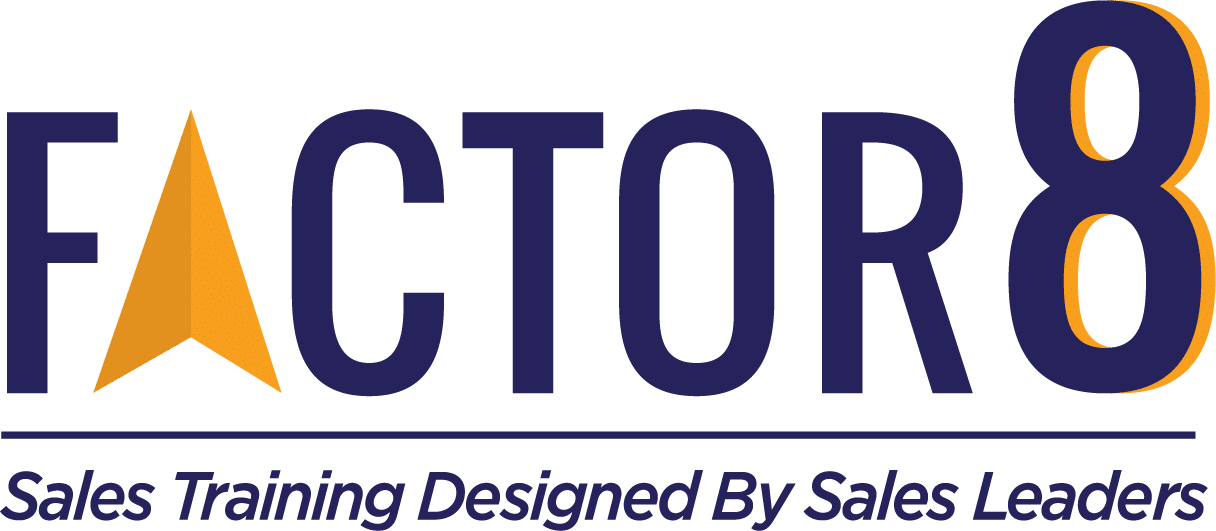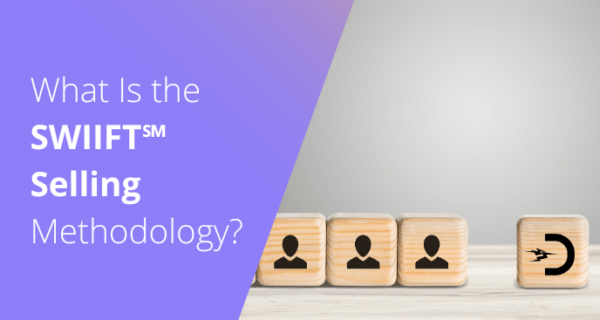What Is the SWIIFT℠ Selling Methodology?
Every 2 years there’s a new airport sales book, am I right? The longer I’ve been around, the more I’ve watched them cycle through. Ask questions! No, share insights! Add value! Wait, actually challenge instead. I don’t think I’ve read one I find incorrect, but I’ve also never aspired to be an airport author.
To me, the methodology is always secondary to the process. Also, the sales methodology only addresses the decision-maker conversation, and in virtual selling, the conversation is less than half the battle.
I take pride that Factor 8 content helps sellers find the right people, capture new contacts, figure out who to call, how to get (and keep) their attention, and get a call back – and all of that is before conversation one! (and yes, you can buy a tool to help with nearly all of that, but trouble ensues when tools replace strategy – that’s a different blog).
All that said, we don’t have a sales call where we aren’t asked about our methodology, and this is fair. You don’t want us teaching your people something counter to your culture, your process, or your existing methodology.
So for the first time in 15 years, I’m finally defining Factor 8’s methodology. It’s called:
SWIIFT℠ Selling
No, it isn’t a typo. SWIIFT℠ stands for, “So, What’s In It For Them?” and it’s the opposite of WIIFM (“What’s In It For Me”, in case you needed help with that one 😉 ). And although nobody purposely teaches reps to use the WIIFM methodology, it’s what happens in sales calls when we don’t teach them not to.
If you’re unsure what I mean, check your inbox. 99.9% of sales messages are about the rep, the company, the product, and what they want.
“I wanted to check in with you to see if you were getting enough leads because my company is helping others get leads and we’re the leading provider of leads and we’re doing an event about leads…”
Enough!
This is what happens when we onboard reps with company and product information only. They go out and parrot that information. Instead, SWIIFT℠ Selling teaches sellers to always first ask, “So, what’s in this call for them?” And to re-focus a message, a call, a value prop, or a call intro into one that leads with value for the customer.
If you’re thinking, “wait, I thought value-based selling is dead,” just try letting your 24-year-old rep lead with a challenge. Ouch! Also, SWIIFT℠ Selling doesn’t mean it’s ONLY about value, it means we use value and customer centricity to get and keep attention for our discovery call and our product demo, and our closing call.
Of course, SWIIFT℠ Selling also implies speed. Bingo! This is absolutely critical in virtual selling.
- If my email is too long OR all about me, we’re dead in the water.
- If my intro is too long or all about me, we’re dead in the water.
- If my discovery is too long or all about me, we’re dead in the water.
You know I could go on, right? Voicemails, value props, solution proposals, objection handling…
I can’t think of a single place where keeping our focus on speed and what the customer cares about hurts us in sales.
Wait, maybe there’s a book in this after all.
Wondering what customers care about? Watch our video on Factor 8’s SWIIFT℠ Selling Six below!

